BUDGET CUT AND CLOSURE OF PEACE AND CONFLICT RESOLUTION PROGRAM
Advocacy Initiative for Youth Development in Kakuma refugee camp
Fit-for-Purpose at One-Hope Learning Center NewsPapers: |
Call to Action |
11-June-2022 |
BUDGET CUT AND CLOSURE OF PEACE AND CONFLICT RESOLUTION PROGRAM |
The organization is experiencing the end of funding from our sole donor, and this will lead to the end of all programs by the end of 2022.When we see the importance of this program in the camp, its impact and outcomes since the implementation, it is disappointing to end it because of lack of funding for facilitator salaries and certificates for graduates( which is estimated at $ 15,000 per year). It will negatively affect the community and its members.Watch the video and understand the impact of the program in Kakuma refugee camp.
Fit-for-Purpose Program: One-Hope Learning Center in Kakuma refugee camp. |
Advocacy Initiative for Youth Development is a refugee led organization based and operating in Kakuma refugee camp since 2019The organization offers a fit-for-purpose programs which involves:
- Computer literacy,
- Freelancing and digital entrepreneurship,
- Street business training,
- Digital citizenship,
- Mobile App,
- Innovation and Child’s right awareness (off)
The maximum duration of the course is for a period of three months.
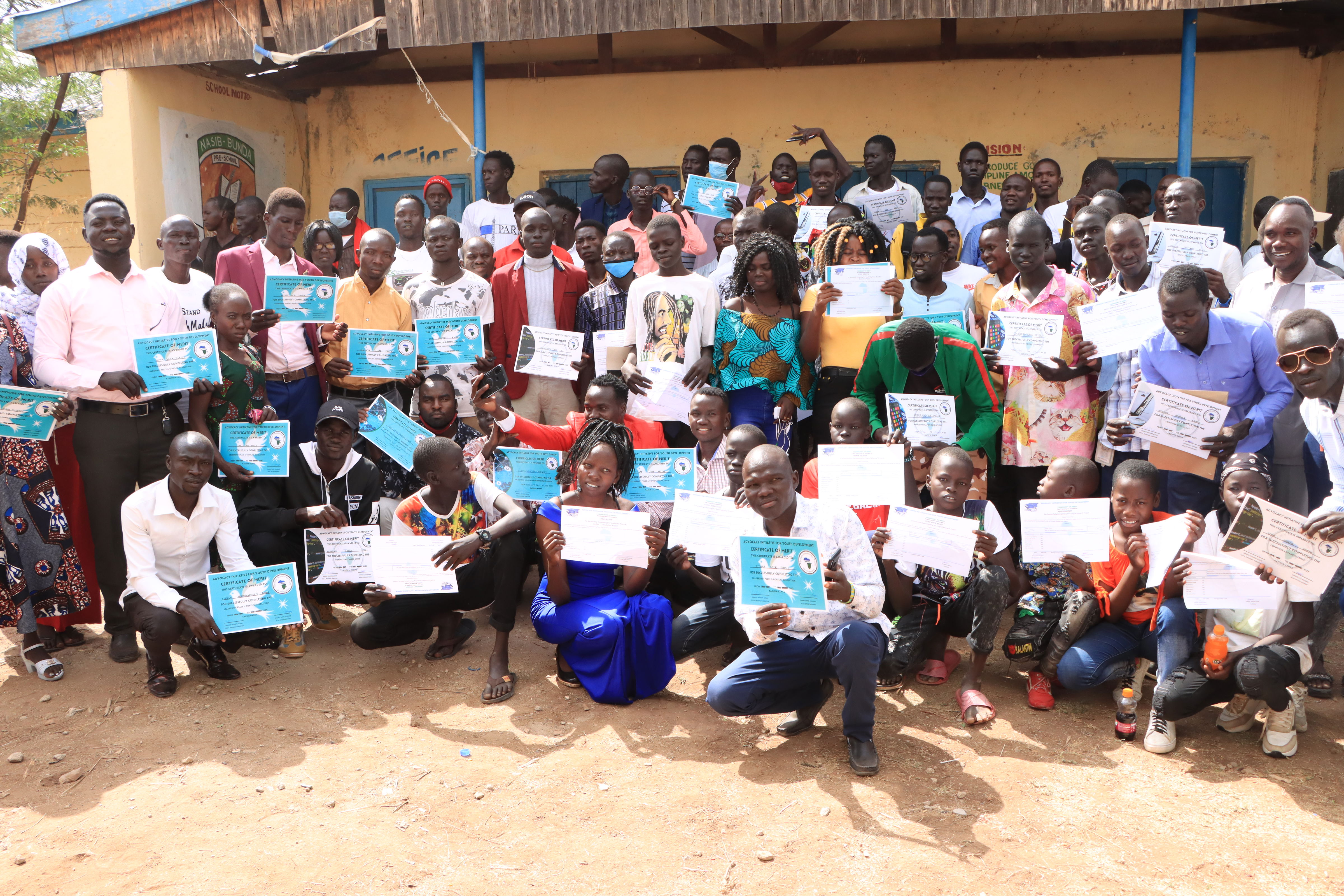
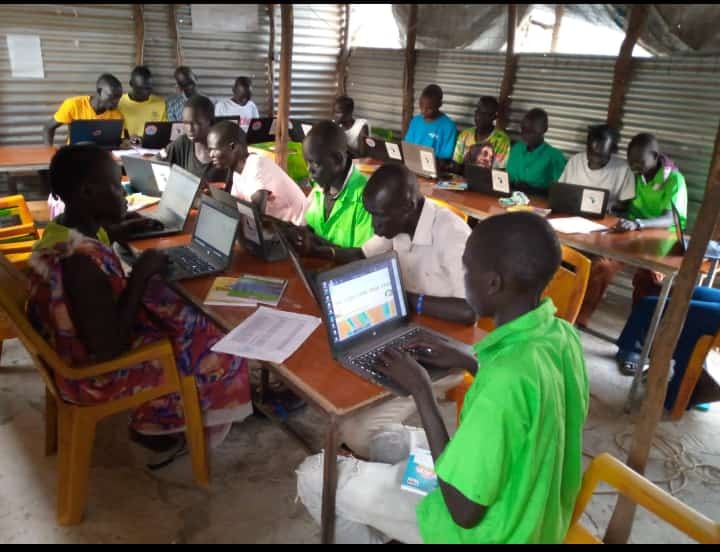
Peace and Conflict Resolution Outreach Community Program |
In 2020, Advocacy Initiative for Youth Development in collaboration with Journey to Belonging launched a peace and conflict resolution program. Its aim was to reach out to a large number of community members to make them aware of the basic mechanism of conflict resolution as well as the importance of social peace in our daily interactions.
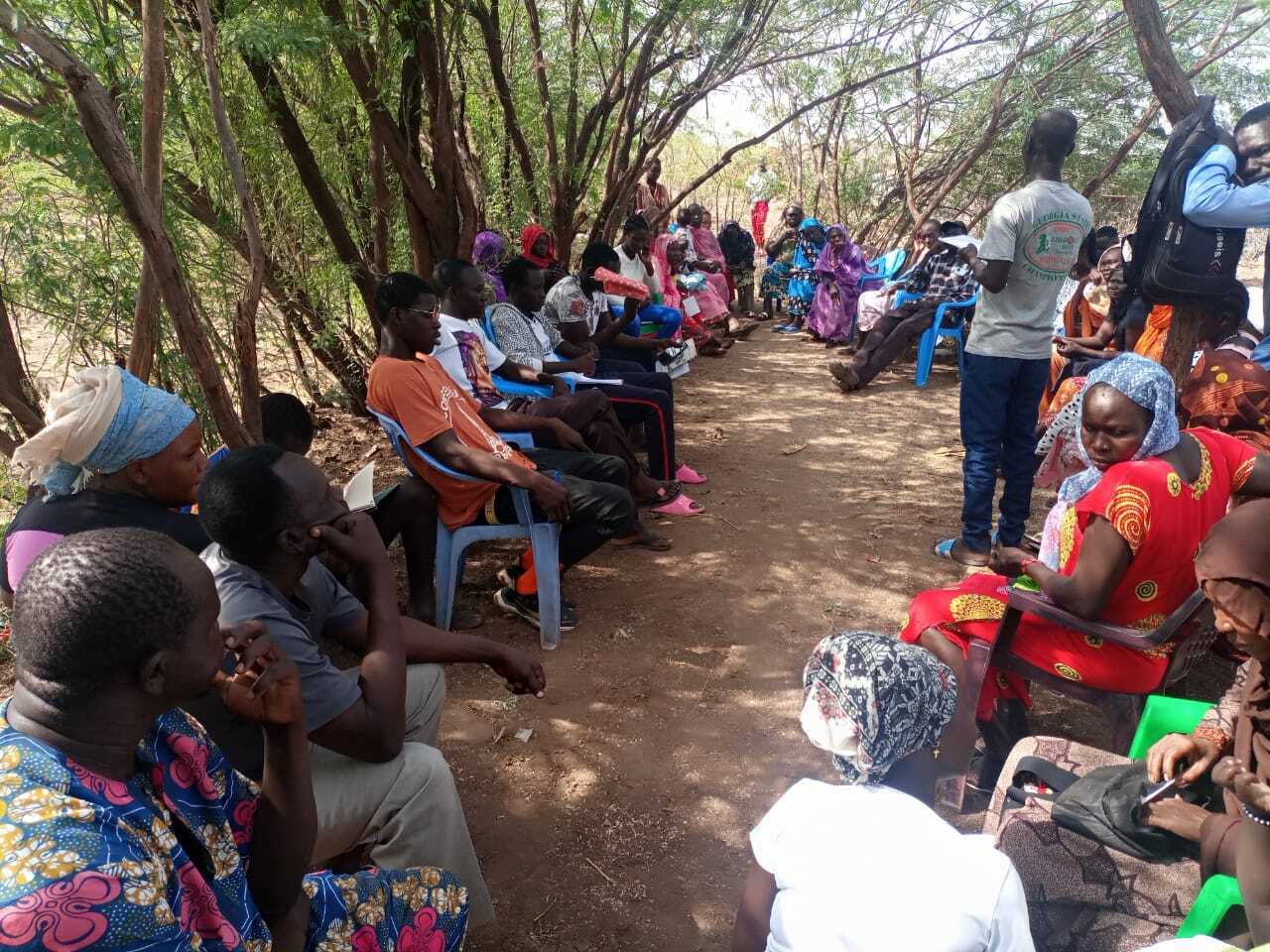
Main Objectives of the Peace Campaign:
- To sensitize community members,
- To educate them,
- To give them the skills and training to create peace and conflict resolution in their daily life,
This includes:
- Being aware of the conflict, its sources
- Being aware of the different types of conflicts,
- Being aware of ways to resolve conflicts peacefully,
- Providing them with some references to help them resolve every type of conflict with the right office or people.
- Developing friendship, mutual cohabitation and socialization with other communities and cultures[1]
What do we offer to the communities in this program?
Within the Peace campaign, the Advocacy Initiative for Youth development discusses different topics with community members such as:
- For conflict resolution:
- What is the conflict and how to resolve it when it happens,
- Use different approaches to resolve conflict,
- Understand the sources of origins of conflict in the Kakuma refugee camp,
- Know ow to avoid conflict before it happens,
- Be aware that conflict is a result of our negative social interactions.
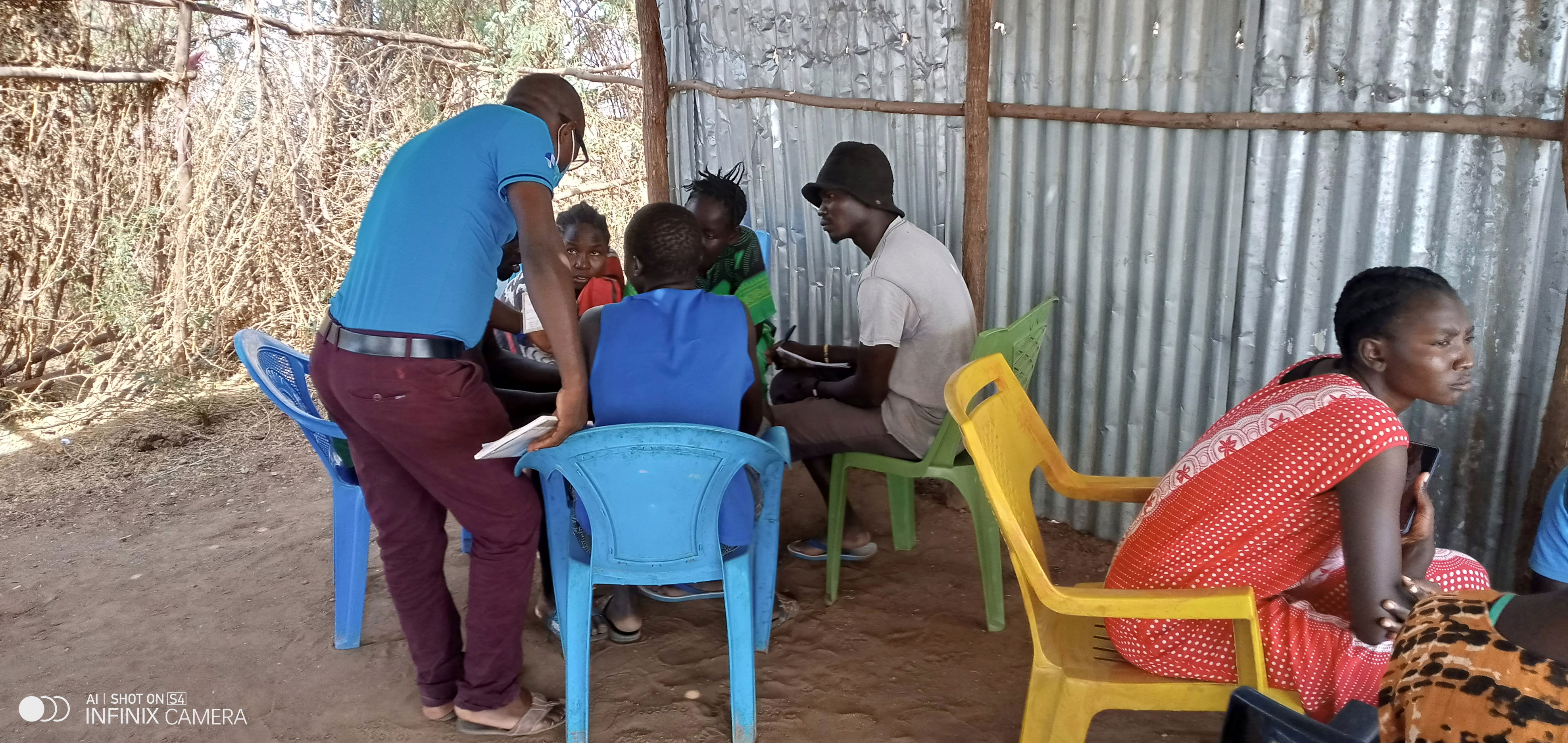
By naming different sources of conflicts in the camp, the peace campaign team intends to make people aware of how conflict is always within us and to work on ways to manage it or avoid it through self-control. The Peace is used as an acronym of ( Person[al]/Emotion/Attitude/Control/Event). The reaction we reserve to all external and internal stimuli determine how we manage the acronym peace.Together with participants, we identify some existing conflicts in the camp, the results of those conflicts and their negative impact on refugees.
- For Social Peace:
- What is peace and how important is it to maintain peace among our communities?
- Peace as a source of development, economic growth etc.
- How can we promote peace in Kakuma refugee camp: Among refugees and between refugees and host communities?
- The advantages of peace in our communities,
- How is it necessary to have social peace among us? And what is the impact of social peace in Kakuma refugee camp? All those questions help the participants to understand how it is important to have peace.
With socal peace, the refugees get access to illustrated examples of the social cohesion among some communities in the camp via the intermarriage interaction, friendship between young boys in schools, etc.
Why do we run this program in the Kakum refugee camp?
Created in 1992, to host lost boys from South Sudan, victims of civil war in their country, the Kakuma refugee camp experienced an influx of other citizens from other countries in Africa in 2004. Some of the nationalities hosted in Kakuma refugee camp are Somalia, Sudan, Burundi, Tanzania, Rwanda, Ethiopia, Eritrea, DR Congo, Ivory Coast, Central Africa, Zimbabwe, etc. and the camp has therefore become multinational with strong community diversity in terms of cultures, believes, practices, norms etc.
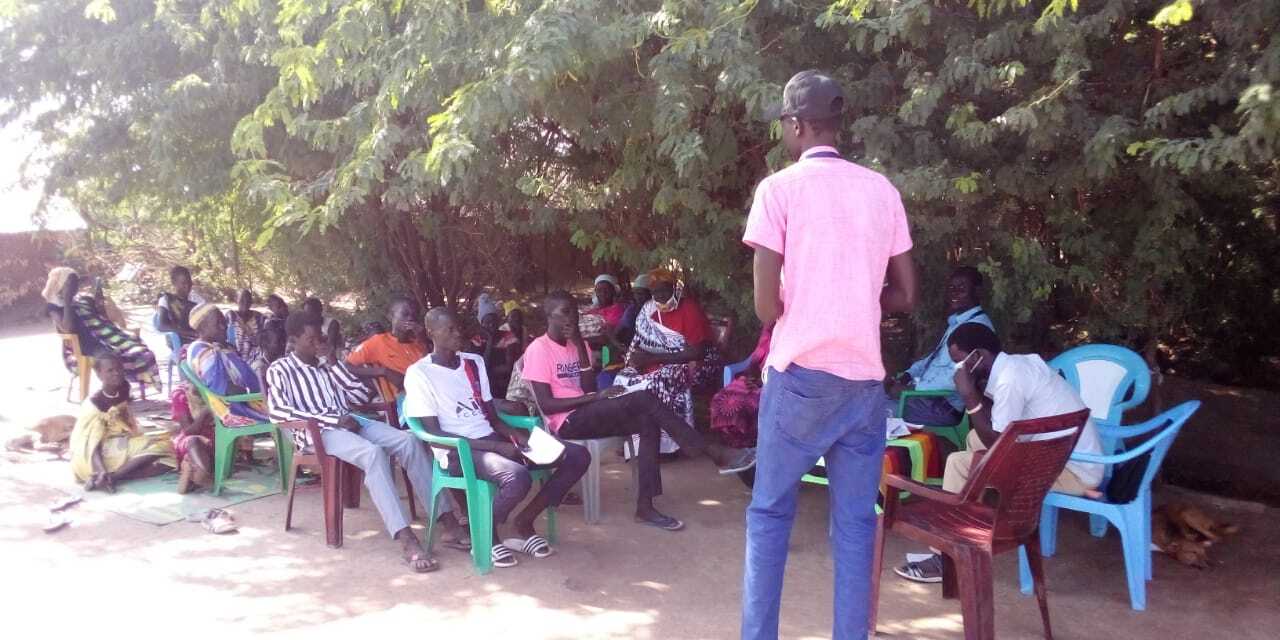
The camp encountered its major conflict demonstrations in 2006 with the loss of life, and other major conflicts were in 2013, 2015, 2019 etc which led to rave violence. From there, the camp became a theatre of communal violence among refugees and between and host communities.
The recent conflicts were between South Sudanese and Great lakes; South Sudanese and Sudaneses; Somalia and Turkana; and South Sudanese between themselves. More news on communal violence in Kakuma refugee camp[2].
Peace and conflict resolution outreach consider the mass-awareness solution to different conflicts happening in the camp. A way in which to increase the chance of reducing or preventing conflicts in Kakuma refugee camp. It is the only strategy to reach out to a large number of community members and make them aware of peace and conflict resolution mechanisms.
For this approach to reach the community and succeed in its mission, a team of 7 mobilizers and 2 facilitators were recruited among the graduates as focal persons, well paid, and supported by other graduates volunteers to conduct the program.
The camp experiences different conflicts which occur for various reasons such as:
- Conflict can happen due to cultural differences, dialects, external or physical appearance, walking, jargon, football etc.
For example: The word mama yako in swahili ( which means your mother in English) has several times generated conflicts between Great Lakes and South Sudanese communities simply because of its wrong interpretation and misunderstanding by South Sudanese.
For a South Sudanese, the word sounds like or hides an abuse. Great lakes communities tolerate intermarriage in their norms, but Sudanese, south sudanese, somalia, ethiopia etc don’t encourage intermarriage.
Who runs the peace and conflict resolution outreach community campaign?
The program is entirely run by our graduates of Leadership, Peace and Conflict Resolution courses. This is a three-months course under the strict supervision of facilitators. The graduates are sent within the camp to various places.
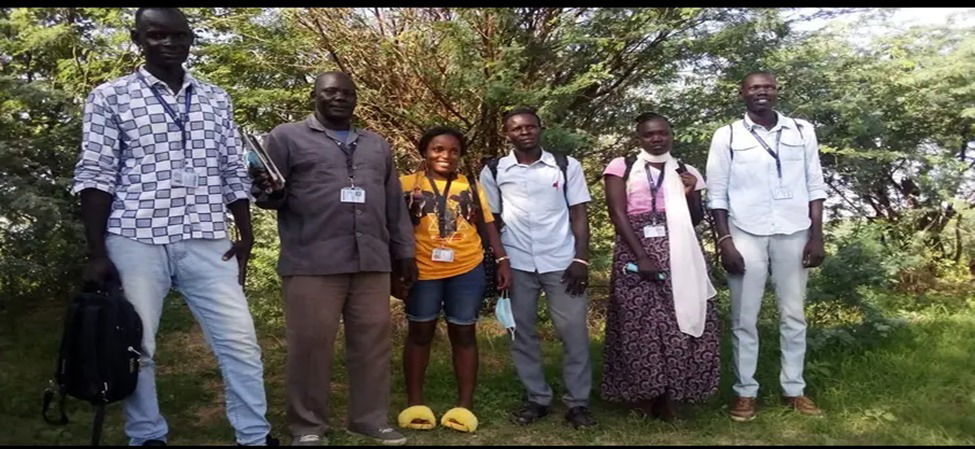
This approach helps our graduates to feel empowered and share with the community the outcomes of the training they have been attending at One-Hope Learning Center, as well as a way of mastering their knowledge and becoming a lifelong learner.
Where do we run peace and conflict resolution?
The program is run in Kakuma refugee camp: Kakuma 1, 2, 3, and 4. And in each Kakuma we cover all zones and blocks. Known as one of the largest camps in the world, it sounds hard to cover the whole camp with only 7 mobilizers and 2 facilitators. We make it work. Let us have a look at the composition of the camp:
- Kakuma one: Kakuma 1 is the largest camp in Kakuma refugee camp with a big number of populations. This camp is divided into four zones. Zone 1 has 12 blocks, zone 2 has 15 blocks, and zone 3 and 4 have respectively 9 blocks and 6 blocks.
- Kakuma two: It is the smallest camp in Kakuma refugee camp with only two zones. Zone 1 has 12 blocks and zone 2 has 3 blocks.
- Kakuma three: It follows Kakuma one and has three zones. Zone 1 has 16 blocks, zone two 12 blocks while zone 3 has 10 blocks.
- Kakuma four: With the total number of three zones maximum, it follows Kakuma three in terms of zones and blocks. Zone 1 has 10 blocks, zone 2 with 6 and zone 3 has 10 blocks.
The configuration of Kakuma refugee camp exposes community members to different types of conflicts due to the diversity within itself.
Where do we send them to address their conflict once it has occurred?
During the sessions, participants are told to avoid taking their issues to police stations or to the court. We encourage them to solve the conflicts within themselves by involving community leaders, religious leaders, community elders, zonal leaders, block leaders, school teachers, etc. But we also help them to differentiate or categorize their conflicts: Civil and Penal.
For civil cases, for example, community members are told to solve them at their local level and if hard to solve, we encourage them to involve some organizations working in the camp such as RCK, ICLA/NRC, LWF, etc. And for penal cases, refugees attending our sessions are advised before involving any third person in the process of reporting, solving or analyzing the problem, to first consult local leaders or a humanitarian organization working in the camp special RCK, LWF, or meet with a legal aid adviser, etc.
The aim is to discourage any transfer of conflict between refugees to police or court. We strongly believe that by taking their problems to the court or police, refugees will not have strong social cohesion if one of the parties in the conflict is jailed.
Who do we mostly target?
The history of Kakuma refugee camp shows that most conflicts are from youth interactions and indirectly involve elders as solvers. In their daily interactions, youth fight on the field of the game (football), pregnancies (when someone’s sister is pregnant by another boy, brothers and other youth relatives attack the male responsible for the pregnancy.)
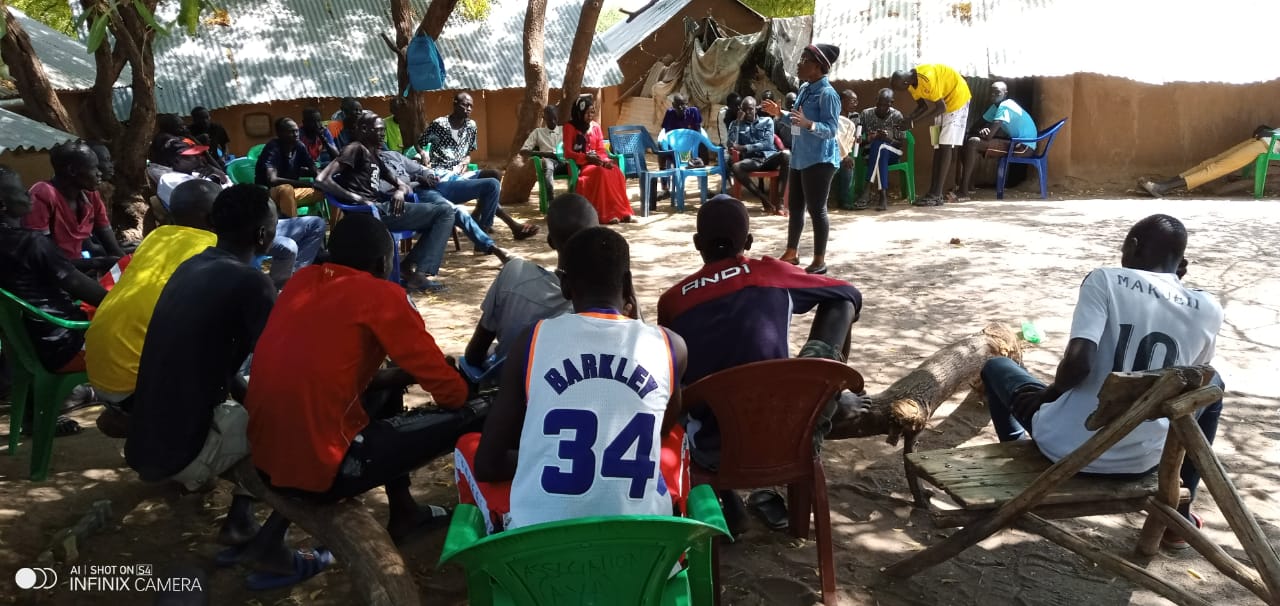
In the schools, boys exchange and their simple discussions lead up to the misunderstanding which brings conflict among them.
At the food distribution center while making lines, youth fight simply because someone has kicked them by accident or cross-lined them. By targeting youth, the Peace and Conflict Resolution Outreach Community Campaign doesn’t neglect the impact and contribution of elders in the process of building, maintaining and promoting peace in Kakuma refugee camp. Elders play a potential role in conflict resolution.
In 2015, during the conflict between Great Lake and South Sudanese, RAS (refugee affairs secretary), LWF and UNHCR involved strong elders in the process of pacifying the two communities.
What difference does it make after attending the Peace and Conflict Resolution Outreach Community Campaign?
Participants who attended the sessions conducted by graduates from One-Hope Learning Center feel empowered and ready to play a significant role in the community. There are many stories to share with you, but here we have only selected a few of them:
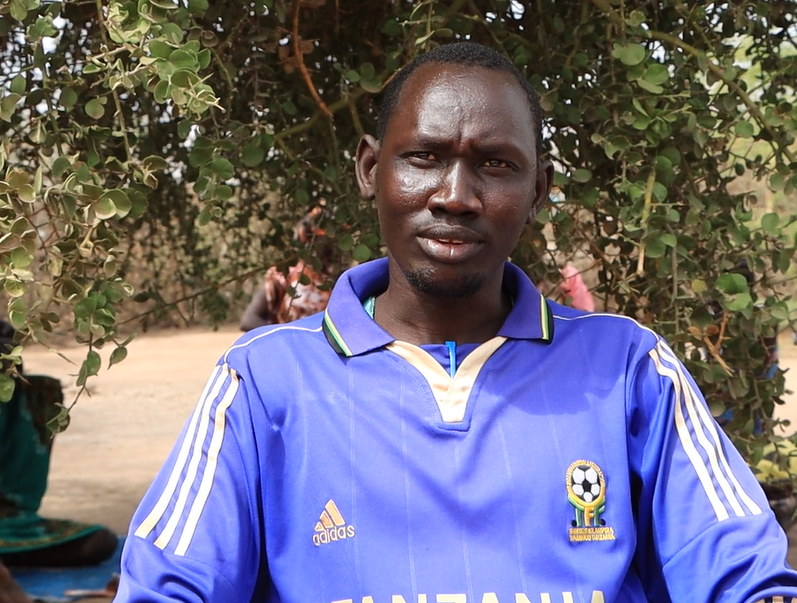
I am KUN DENG TUT, Chairman of block 7 zone 2 Kakuma 4. I was one of the trainees who attended the peace campaign and its results helped me a lot as a leader. This training helped me to build the ability to solve conflict within my jurisdiction as a leader. Much more importantly, I have also learned about personal conflict within myself. I am very happy to count more than 10 civil cases successfully solved.
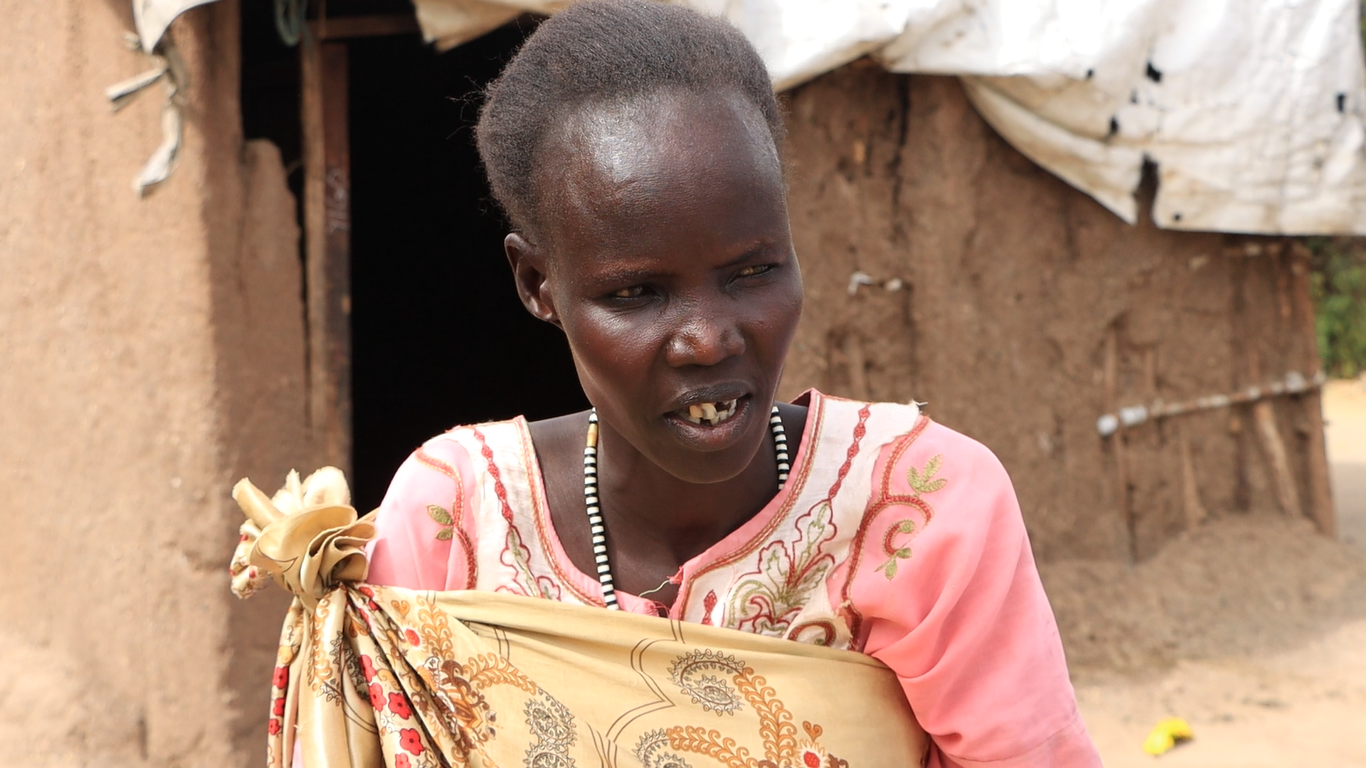
I am NYADANG KUEL. Since the peace campaign was introduced in our area. We are no longer experiencing conflict like before. I am requesting you to keep organizing this campaign here. Before this training people were fighting at water taps, but now we are in the position of controlling our emotions and avoiding conflicts. We also request you to work with youth.
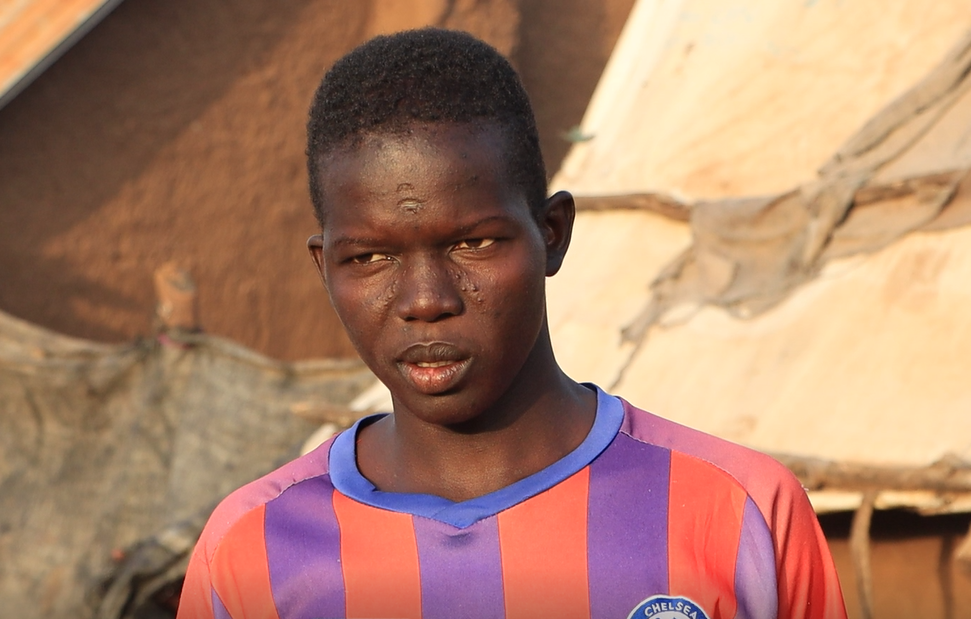
My name is KOCH MOHAM AMOT, I have attended your peace campaign sessions without having many expectations. I have taken your sessions and other sessions conducted by other organizations in the camp. That was my first day of the session. But moving forward, I then realized a certain difference. After completing the training, one day I went to watch the football and saw my friends were about to fight. We stopped them and asked the reasons for their problem. One among the fighters told me that the person with whom he was about to fight had abused him in his mother tongue. I asked another guy: why did you abuse your brother? He told me that it was the pressure of the ball game. After listening to both, I told them to forgive each other and consider a ball game as a place of friendship.Next? You can’t believe that I finally decided to join your three months course so I can understand much about conflict resolution.
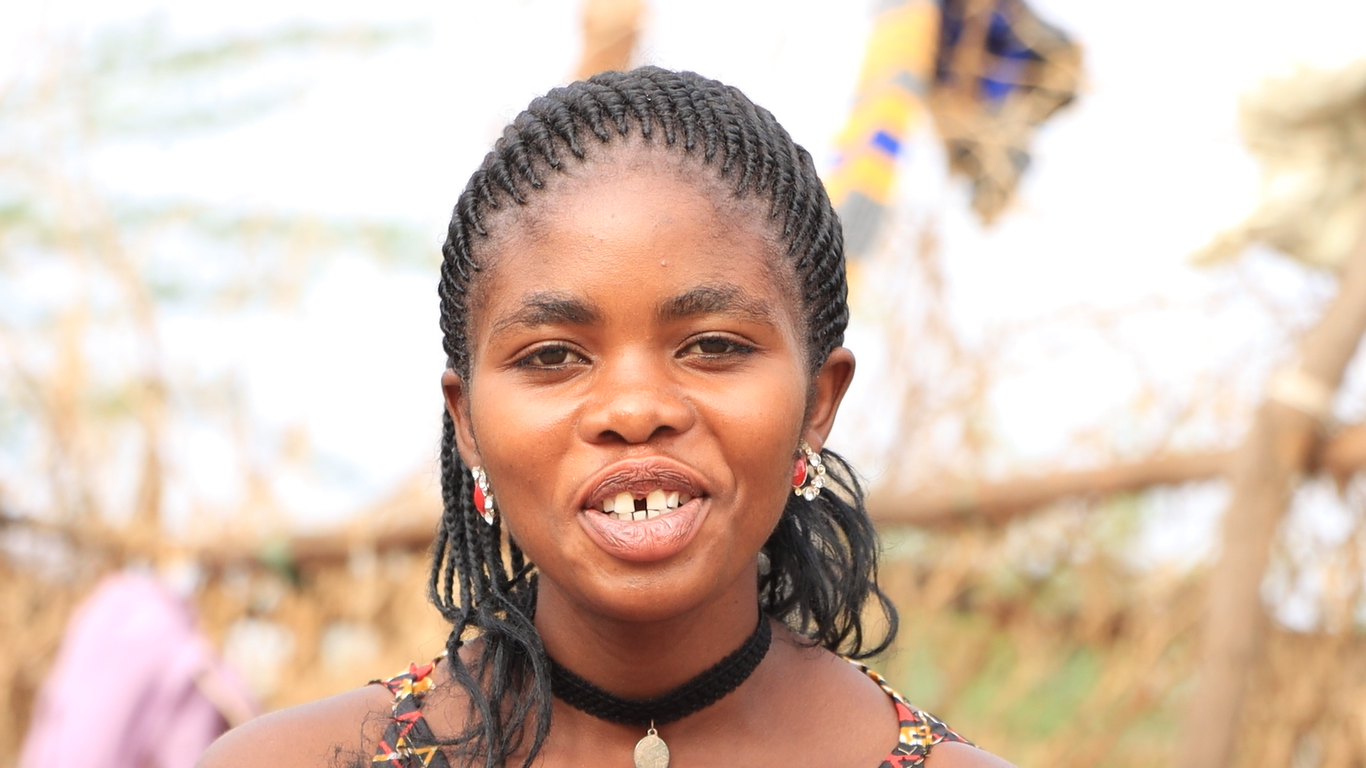
I am CHANCELINE NABINYWA, I am a Congolese by nationality. I have attended the peace campaign training, and it has helped me too much. It might have helped others, but I have benefited a lot as I felt. As you may know here in Kakuma, for someone like me who lives without her parents, I have a lot of problems. Where I was living, I did not have any parents. But after completing this training, I personally realized that there are a lot of changes and those changes have been of great benefit to me. I can illustrate this with a water tap. Most of the time, when I go to the water tap, I was the first person to start a conflict, but now if I get someone ahead of me, I can’t crossline. I have to wait until s/he finishes to fetch. Or I can just ask for help peacefully. How many participants have attended the Peace and conflict resolution outreach community program?Launched in 2021, January, and with the yearly target of 72oo participants, Advocacy Initiative for Youth Development has trained more than 6700 refugees.
Understand the Kakuma Refugee Camp and decide to support and Work with refugee Initiatives |
Some years back Kakuma refugee camp has become the theatre of conflict between refugees among themselves and refugees and host community (hosting population).
Most conflicts end by the death of human beings. Several initiatives were initiated by different stakeholders, but it sounds like the approaches and methodologies adopted were not appreciated in the context of the camp or maybe the targeted beneficiaries were not the right ones.
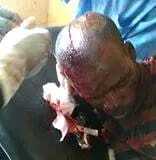
One of the wounded from the conflict between Great Lakes and South Sudanese in 2015. (Kakuma Refugee camp).Since the peace and conflict resolution campaign was initiated in Kakuma refugee camp with much commitment, new methods and approaches, the conflicts have sensibly reduced, social cohesion a bit restored and conflicts between players. Click here to watch videos.
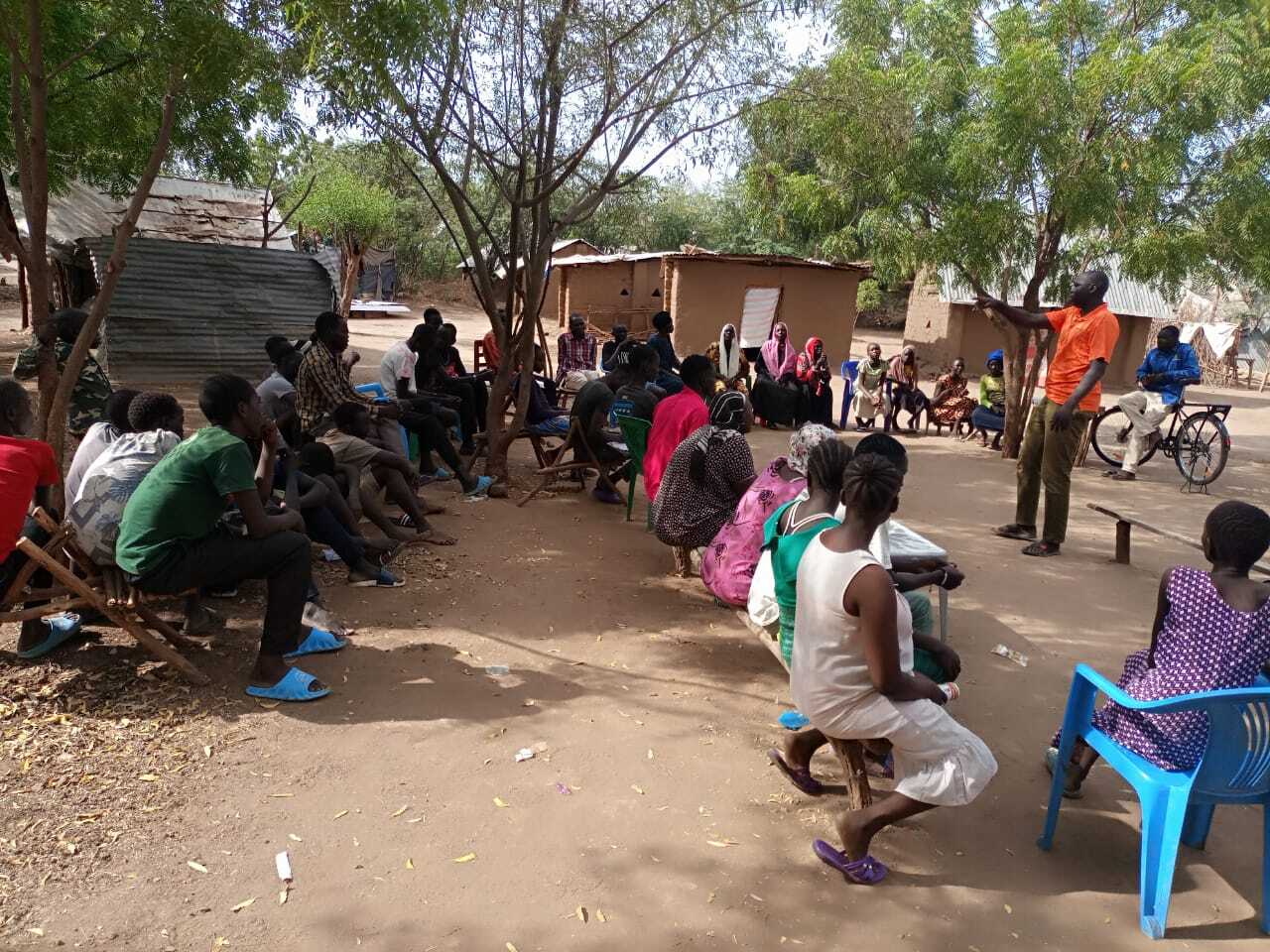
.
[2] Kanere Radio in Kakuma refugee camp: Five Dead, many injured in communal violence (Gatjack, a leader in Kakuma 3 explained how the conflict began: There was a football match between Nubians (team Sudan) and Lotuko (team South Sudan) on December 10th. The South Sudan team included a Dinka player as a goalkeeper. Nubians succeeded in scoring a goal. The Nuer spectators were supporting Equatorian, and they were standing right behind the Nubian goalkeeper. They laughed when a goal was scored, and then the Dinka goalkeeper beat one of the boys who laughed at him…
[1] Mentioned in our monthly report of May 2022: Advocacy Initiative for Youth Development has designed since March 202o a monthly template for the reports. The objectives of the peace and conflict resolution outreach community program remain the same: Build a society where intercommunity interaction is the basement of social cohesion, development, harmony, etc. The new configuration of Kakuma refugee camp has changed since 2011 when UNHCR and Government of Kenya have decided to mix up communities during the relocation in the camp instead of each community with its specific location or area.